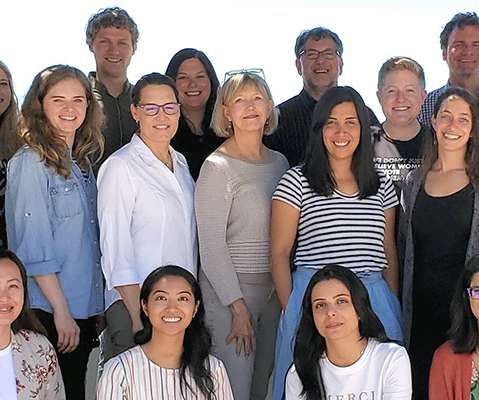What is Learning Sciences and Why Does It Matter?
Digital Promise
MARCH 10, 2020
Learning sciences research investigates the process of learning in realistic settings, which can include schools, museums, after-school programs, home environments, or anywhere people typically learn. We are passionate about creating equitable learning and building research-practice partnerships.











Let's personalize your content